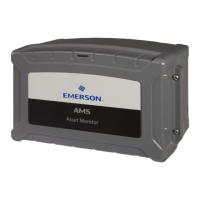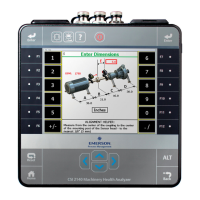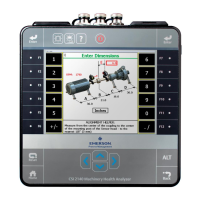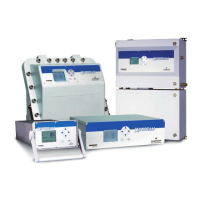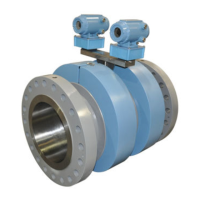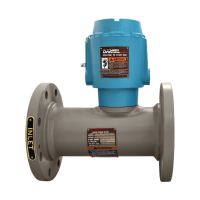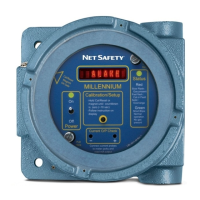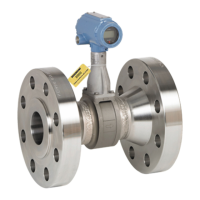Section 5847 User Instructions
Issue AL, July 24, 2006 Spec. Nos. 586505000 and 5865055000 (Model LMS1000)
Page 2-20 Chapter 2. Operating LMS1000
This document is property of Emerson Network Power, Energy Systems, North America, Inc. and contains confidential and proprietary information owned by Emerson Network Power, Energy
Systems, North America, Inc. Any copying, use, or disclosure of it without the written permission of Emerson Network Power, Energy Systems, North America, Inc. is strictly prohibited.
USING THE RATE FEATURE (ANALOG
CHANNEL MAXIMUM LOAD PERCENTAGES REPORT)
This feature determines how plant (battery and rectifier) capacities and other sizing limits
(fuses, circuit breakers, and wire sizes) are faring under actual load conditions. This
feature allows the customer to easily determine the maximum load percentage (that has
occurred) versus an analog channel alarm limit. This feature divides the maximum peak
value of an analog input and the highest hourly average into a designated alarm limit and
presents the results as percentages. These percentages inform the customer how close
a channel's peak and high hourly average values are in relation to its alarm limit(s).
To use this feature, one of two character phrases must appear in the analog channel's
alarm limit name. These two phrases are "CAP" (for capacity) and "SIZ" (for size). Also,
the "Unit Text" for this analog channel must be "AMPS".
To get a report, enter the command RATE. Any time the RATE command is entered, and
either of the two phrases mentioned above appear in an analog channel's alarm limit
name and the analog channel's Unit Text is set for AMPS, the system computes the two
percentages and displays the resulting information. The RATE command is available to
a user programmed for access to level 1 commands. Refer to "Chapter 3. Commands"
for a typical screen display.
VIEWING AND CLEARING THE ALARM LOG
The alarm log maintains in battery-backed memory a chronological listing of the 500
latest alarms that have occurred in the system (and an MCA, if connected). Entries in the
log automatically include analog, function, and binary alarms, however; a relay or LED
channel may be programmed to record an entry in the log whenever it energizes or
illuminates, respectively.
VPS MCA Alarms:
VPS MCA alarms that are recorded in the alarm log are as follows.
For proper system alarm reporting or individual user alarm reporting of VPS MCA alarms,
refer to Table 2-1 and ensure that the desired channels automatically mapped to
predetermined VPS MCA alarms are programmed for system alarm reporting and/or
added to the appropriate user configuration.
System High Voltage Alarm #1 Subsystem Minor Alarm
System High Voltage Alarm #2 All AC Off
Battery On Discharge Alarm MCA Fail Alarm
50% Battery On Discharge Alarm LVD Active
System Overcurrent Alarm LVDs Inhibited
Subsystem High Voltage Alarm System Major Alarm
Subsystem Low Voltage Alarm System Minor Alarm
Subsystem Overcurrent Alarm Shunt Fail Alarm
Emergency Stop LVD Fail Alarm
System Fuse Alarm Subsystem Fuse Alarm
Subsystem Major Alarm PCU01 to PCU56 Fail Alarm
High AC Line Alarm VPS Communications Failure
LPS MCA Alarms:
LPS MCA alarms that are recorded in the alarm log are as follows.
For proper system alarm reporting or individual user alarm reporting of LPS MCA alarms,
refer to Table 2-2 and ensure that the desired channels automatically mapped to
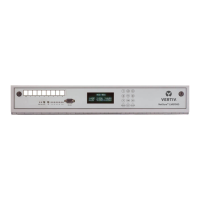
